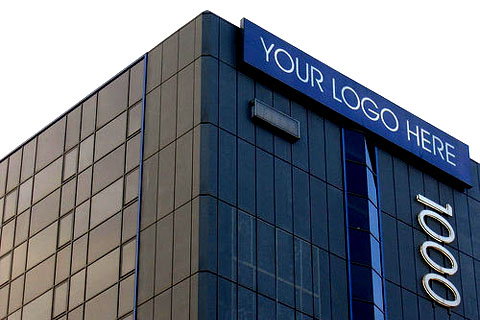 Photo by Sumit
Photo by Sumit
Brands are still important! They drive an indirect ROI that should not be forgotten.
In an age where so much of what we do as online marketers has a measurable direct response, it is easy to forget the importance of building a brand. Even for those who do not expend any resources specifically dedicated to brand building activities, there is a branding effect in all programs and campaigns that can and should be measured and should be included when analyzing the value of a given activity.
In the traffic driving post in the online conversion analysis series, we looked at how marketers should try to measure the ultimate value of the activity by following that segment of site visits all the way through to monetization. When assigning a value though, there is an indirect (branding) effect that should be included in determining the ROI of the program or segment.
Let’s take paid search. Suppose you sell a product and you run a paid campaign whose immediate purpose is to drive users to a free trial and capture their email and permission to talk to them. The direct effect is measured by tracking the eventual revenue that comes from those measurable conversions. The indirect effect though is harder to measure but does convey value. Just because someone does not click on your ad, does not mean they don’t see and internalize your brand. This not only helps increase the effectiveness of the paid search campaign (because that surfer might click on your ad down the road if they have seen your ad a number of times and start to recognize the brand), but it also helps the response rate of other programs and ultimately can create traffic to your site that is initiated by the visitor directly.
This is often difficult to measure and it is especially difficult to apply the value back to specific programs. If you are doing a lot of different things to increase brand awareness, even if they are nominally all direct campaigns, it is hard to tell how much each program is contributing to this increase in people seeming to just walk through the door of their own accord. Often the only way to measure this on a program level is to turn the program off for a period of time while keeping everything else the same. For most people, this is not a real option unless the program is a failure and you are going to turn it off anyway.
How can you track the overall growth in brand driven traffic? There are a number of indicators that you can measure and will give you some insight into the growth of your brand value.
Number one is the volume of traffic your site receives from search engine referrals that are driven by your branded keywords. The more often someone is searching for ABC widgets and then visiting the ABC site, the more your brand is resonating in the conscience of those seeking widgets. It is actually amazing to use a competitive search analysis tool like Compete or Hitwise and see the top driving search keywords for companies that spend a lot on traditional branding and media. Often their top 20 keywords will all be brand related and they are really using search and the web as a fulfillment and navigation vehicle rather than a product discovery one.
Number two is the volume of “direct” visits to your website, which presumably shows the volume of people who know your brand and website and are typing your address directly into their browser or have bookmarked your site. Isolating first time visitors who come “direct” to your site and tracking their growth can often be a good indicator of the growth in your brand as well. Now, there are numerous caveats to consider when you are tracking these figures. First off, any non-browser application that lets users click a link and launch their browser is measured by most analytics packages as if the user were directly typing the address. So, clicking a link in a corporate email client like Outlook or clicking a link in a Twitter client app will both appear as direct visits as opposed to referrals from links on sites.
Quick aside – this is making it very hard to track the increasing importance of Twitter in driving traffic to your site. More on that in a future post…
The other problem with tracking growth in direct visit volume as a proxy for brand growth is that returning visitors who are really engaged with you will often bookmark your site and come there directly. This can be partially overcome by filtering your tracking to direct visits from first time visitors, but with users clearing or not allowing cookies, this is not perfect either.
In future posts we will discuss how branding helps programs to reinforce each other and drives up overall program effectiveness and also how search engines (particularly Google) have begun to assign value to strong brands that enables them to improve their rankings in the SERPs.
